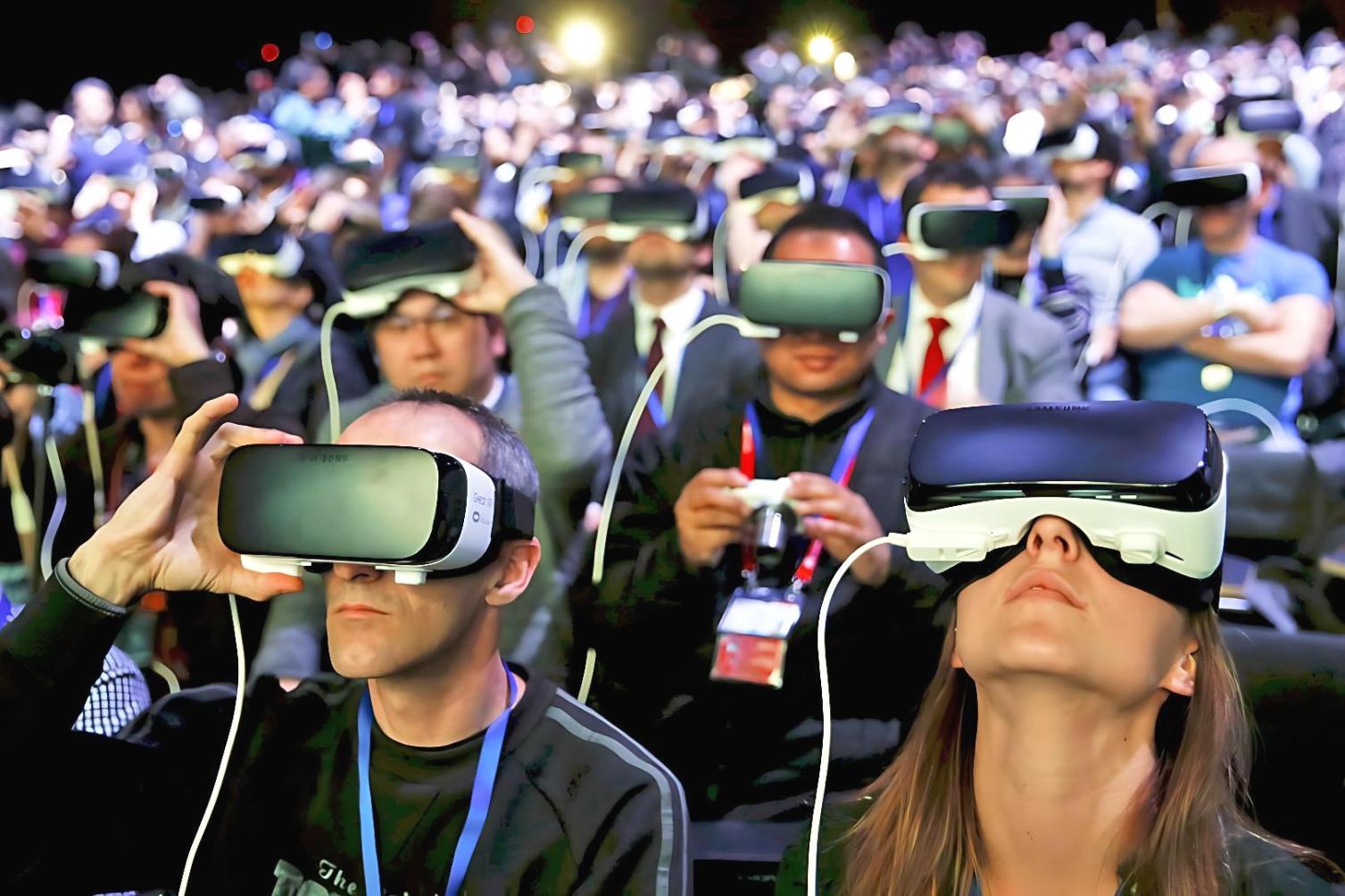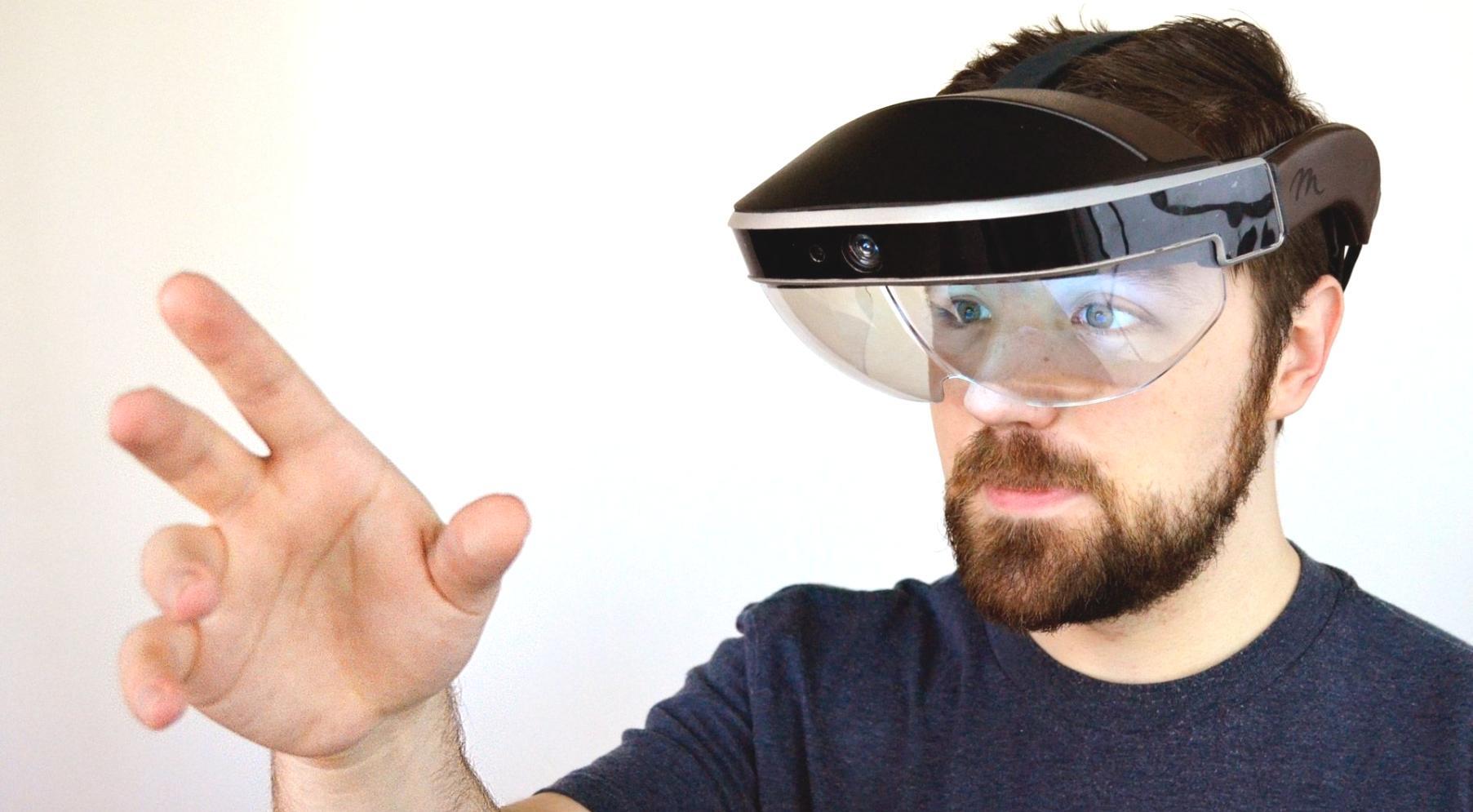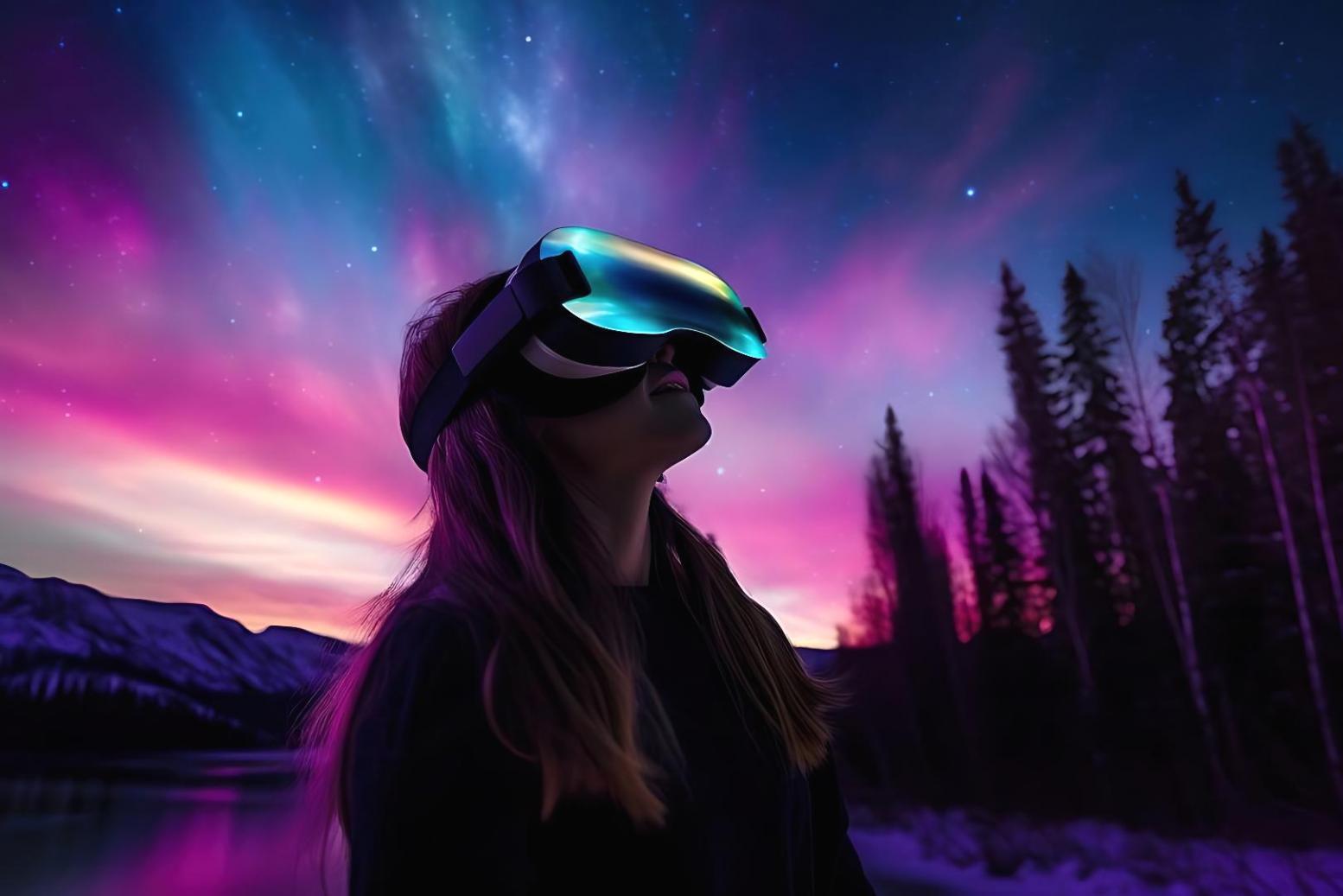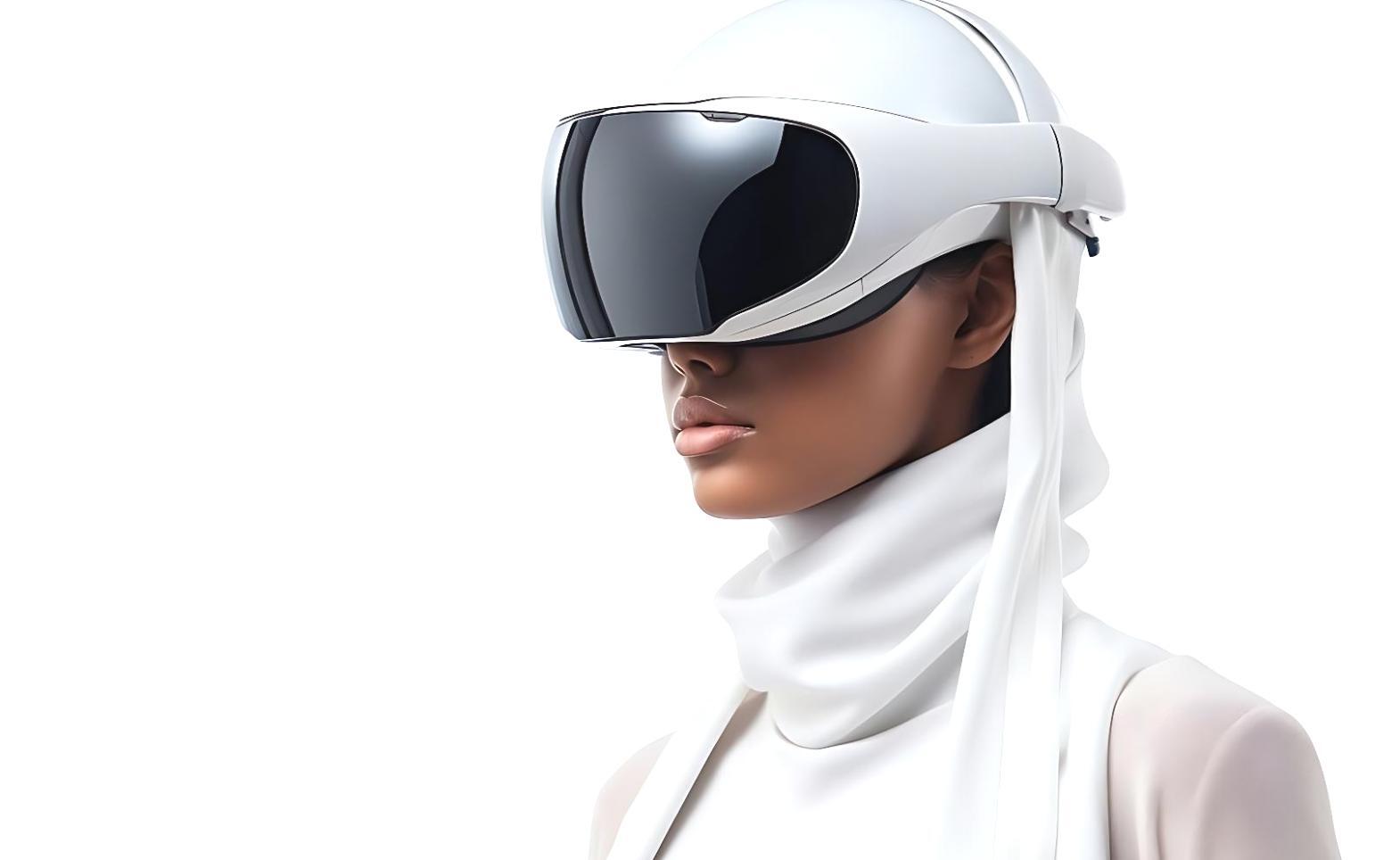Building AR Futures, One Developer at a Time
We started in a cramped apartment in 2019 with two laptops and a belief that augmented reality would reshape how people interact with mobile devices. Today, we're teaching the next generation of AR developers right here in Mongolia.
How We Got Here
Back in early 2019, AR development felt like this exclusive club. The tutorials were either too basic or assumed you already knew everything. We were frustrated developers trying to break into the field ourselves.
So we started documenting what we learned. Not the polished, perfect stuff—the real struggles. How to debug AR tracking issues at 2 AM. Why your 3D models keep breaking on older devices. The practical things nobody talks about in official documentation.
By late 2020, we had a small community. People kept asking if we'd teach formally. We weren't sure we were ready, but we tried anyway. Our first cohort in autumn 2021 had eight students. Now we run multiple programs throughout the year, with our next intensive starting in September 2025.

Our Teaching Philosophy
Real Projects, Real Problems
We don't believe in toy examples. You'll build actual AR applications that could ship to users. You'll hit the same frustrating bugs professional developers face, and we'll work through them together.
Learn By Breaking Things
The best way to understand how AR tracking works? Break it intentionally. Then fix it. We encourage experimentation even when it leads to spectacular failures—that's often where the real learning happens.
Mentorship Over Lectures
Sure, there are concepts to cover. But most of your time is spent building, with instructors available when you get stuck. We've all been the frustrated developer staring at mysterious errors—we remember what actually helped.

Saruul Batsukh
Lead Instructor & Co-Founder
I spent three years working on AR shopping experiences before realizing I enjoyed teaching more than corporate development. There's something about watching someone's face when their first AR scene actually tracks properly—that moment never gets old.
I still remember my own early days struggling with Unity's AR Foundation. The documentation assumed knowledge I didn't have. When students hit those same walls, I try to be the mentor I wished I'd had back then.
Outside of teaching, I'm usually testing new AR frameworks or trying to convince local businesses that AR isn't just for games. Sometimes that works. Sometimes it doesn't, but the conversations are always interesting.
What We Stand For

Honesty About the Field
AR development isn't easy, and we won't pretend it is. Some concepts take weeks to click. Device compatibility can be maddening. But if you're willing to work through the frustration, the results are worth it. We'll be straight with you about both the challenges and the possibilities.

Practical Skills Over Certificates
Yes, you'll get a certificate when you finish. But what matters more is the portfolio you build. Can you show working AR apps? Can you explain your technical decisions? That's what actually opens doors, and that's what we focus on throughout the program.

Community Beyond Classes
Our alumni Slack channel is more active than our actual coursework sometimes. People share job postings, debug each other's code, and celebrate wins together. The program might last a few months, but the connections often last much longer.
Growing With Technology
AR tools evolve constantly. What worked six months ago might be outdated now. We update our curriculum regularly based on industry changes and student feedback. This means sometimes we're learning new frameworks alongside you—and we're okay admitting that.
